Although originating from Sicily, the credit for the variety that is prevalent today across gardens goes to a Scottish horticulturist Henry Eckford who perfected the cultivar we see today. With his meticulous plant cross-pollination skills, he was able to produce over 100 new varieties of a simple garden flower with improved flower size and stem length.
Today, Sweet Pea climbing plants produce clusters of soft petals in shades of pink, purple, white, and red. Sweet Peas add a touch of charm to gardens and make lovely cut flowers for home décor. Sweet pea flowers are also a great choice for inviting helpful pollinators like bees, ladybugs etc to your garden. However, it’s important to note that Sweet Pea flowers and seeds are toxic if ingested and should be kept away from children and pets.
Now let us look at the ideal growing conditions that will help you grow your own sweet pea blooms from seeds this winter.
When to Plant Sweet Pea Flower Seeds in India

The best time to plant Sweet Pea Seeds in India is from October to January. These months offer cooler temperatures, which Sweet Peas prefer for optimal growth. Planting during this time ensures that the plants bloom in early spring, filling your garden with their vibrant colours and delightful scent.
Growing Sweet Pea Flowers in Containers

When growing Sweet Peas in containers, choose a pot that is at least 15-18 inches deep with good drainage holes. Sweet Peas have a deep root system, so a larger container will allow their roots to spread comfortably. Use a well-draining potting mix, enriched with organic compost or well-rotted manure, to ensure the plants have all the nutrients they need for healthy growth. Also, make sure you put some stakes in place during the nascent stage of the plant.
Planting Instructions for Sweet Pea Flower Seeds

Soil
Sweet Peas thrive in fertile, well-drained soil with a neutral pH level of around 6.5 to 7. Adding organic compost to the soil helps improve moisture retention while maintaining proper drainage.
Sowing Seeds
Soak the seeds in water overnight before sowing to improve germination. Sow the seeds about 1 inch deep in the soil. Sweet Pea seeds are poisonous, so it’s best to plant them away from vegetable patches or kitchen gardens to avoid accidental ingestion.
Staking
Sweet Peas are climbers and require support for their vines. Install a trellis, bamboo stakes, or garden netting next to your container. The plants will naturally cling to the support as they grow, producing more blooms when they can climb freely.
Temperature
Sweet Peas grow best in cooler temperatures, ideally between 10-20°C. Warm soil temperatures (around 10-15°C) promote good seed germination, while cooler air temperatures support lush growth and flowering.
Sunlight
Sweet Peas need at least 6-8 hours of sunlight each day for optimal blooming. Position the container in a sunny spot where the plants can receive direct morning sun, but protect them from the harsh afternoon heat.
Watering
After planting, water the seeds gently but thoroughly to moisten the soil. Ensure the container has good drainage, as Sweet Peas do not like waterlogged conditions. Avoid letting the soil dry out completely, especially during the germination phase.
Caring for Sweet Pea Flowers

Pests and Diseases
Common pests that affect Sweet Peas include aphids, spider mites, and slugs. To naturally control these, you can use a neem oil spray. Apply this mixture every two weeks to keep pests at bay. Sweet Peas can also be prone to powdery mildew; prevent this by avoiding overhead watering and ensuring proper air circulation around the plants.
Pruning
Regularly pinch off spent flowers to encourage the plant to produce more blooms. Removing the faded flowers, or "deadheading," will keep the plant looking neat and prevent it from setting seeds prematurely.
Fertilizing
Feed your Sweet Peas with a balanced, organic fertiliser every 4-6 weeks to promote healthy growth and abundant blooms. A homemade compost tea made from decomposed kitchen scraps or vermicompost works well. Simply mix a handful of compost in a litre of water, let it sit for a day, and use the liquid to water your plants.
Watering Frequency
Sweet Peas prefer consistently moist soil, but it’s important not to overwater. Water them deeply once a week, or more often if the soil begins to dry out quickly. During hot weather, check the moisture level by inserting your finger into the soil up to the second knuckle; if it feels dry, it’s time to water.
Taking Sweet Pea Flower Cuttings

Sweet Pea flowers make wonderful additions to floral arrangements due to their unique shapes and captivating colours. Once the flowers have completely bloomed, which is usually 50 to 70 days after vining in ideal growing conditions, cut the flowers early in the morning when they are freshly bloomed. Use a clean pair of garden scissors to snip the stems at a 45-degree angle, which helps the flowers absorb water better.
Display them in a vase with clean water and change the water every 2-3 days to keep them fresh. Remember that Sweet Pea flowers are toxic if ingested, so keep them out of reach of children and pets.
With a bit of care, these charming flowers will reward you with a stunning display throughout the season. Happy gardening!


 Sign In
Sign In


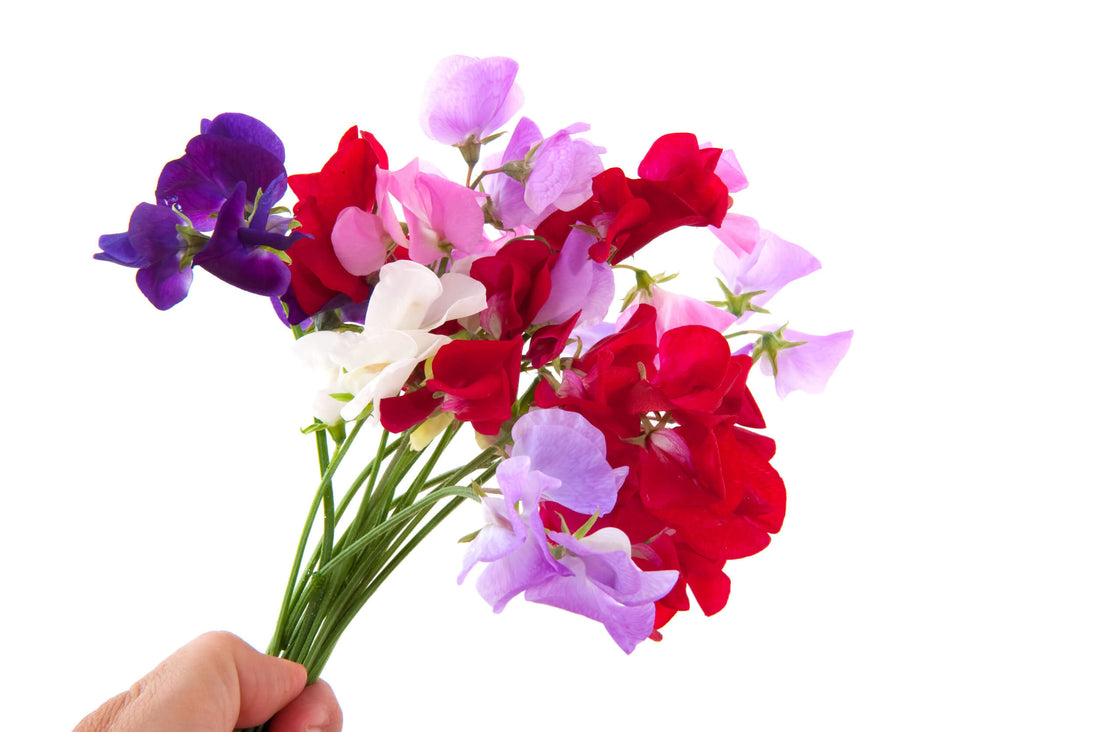
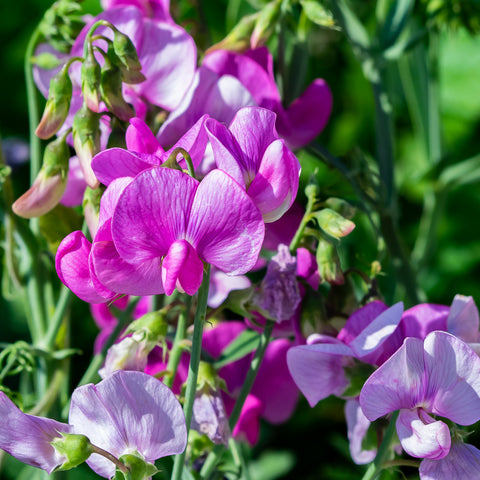
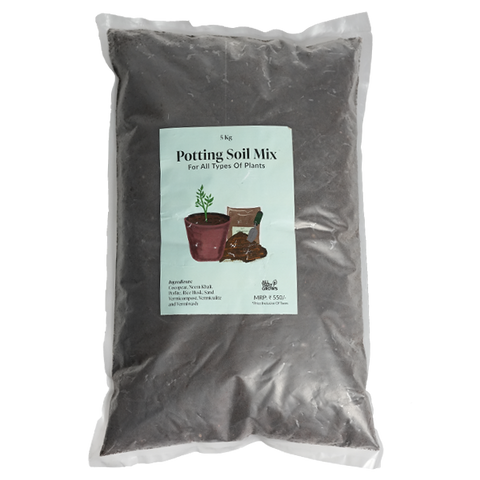
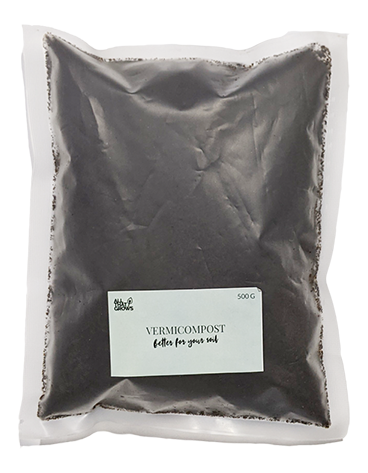
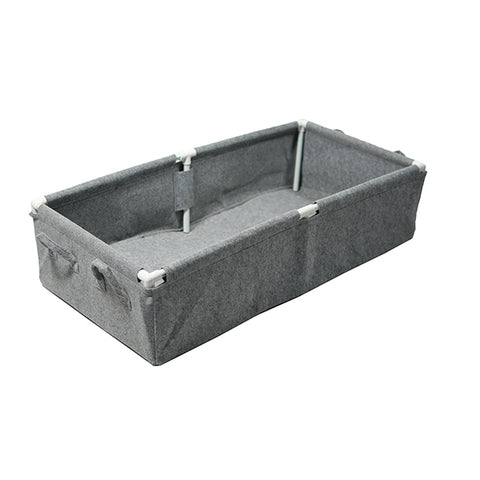
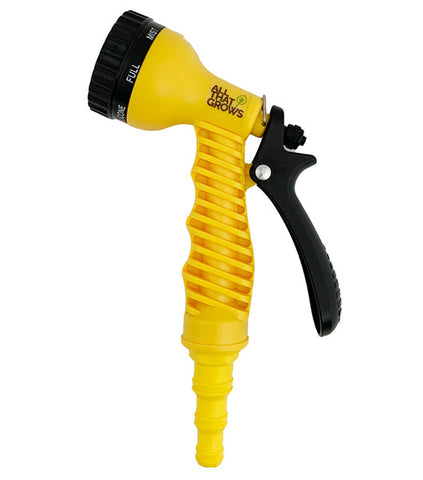
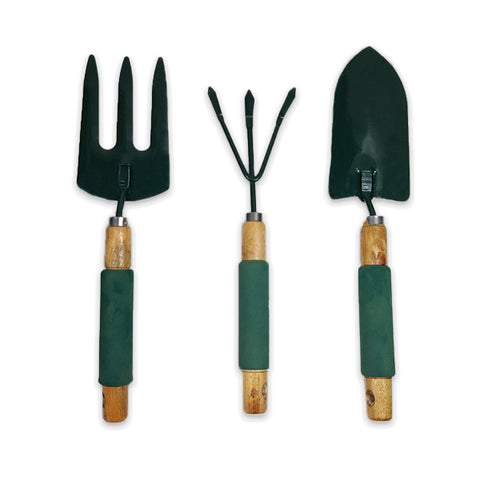
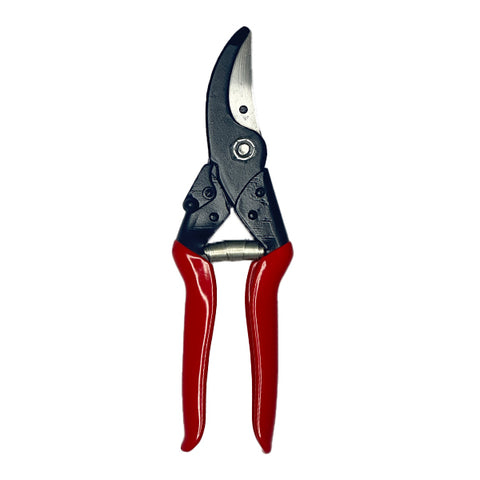







Let us know your feedback
* Comments must be approved before being displayed.